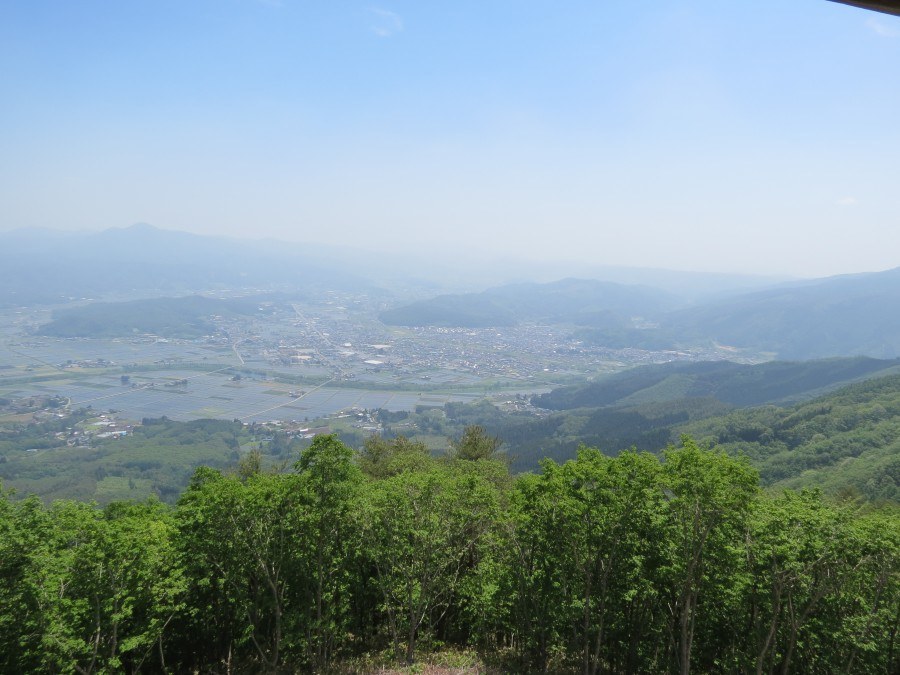Like this post? Help us by sharing it!
Wedged up in the corner of North East Japan, Iwate prefecture is economically one of the poorest parts of the country. But in terms of natural wealth, it`s one of the richest. This week I visited its two stunning National Parks: the elevated volcanic marshlands at Hachimantai and the white beaches and towering cliffs on the tsunami-hit Sanriku coastline.
A 90 minute bus ride from Morioka, Iwate`s capital, took me to the entrance to Mount Chausu. Then for 4 hours I followed a well-marked trail – in a biblical downpour. I knew that craters filled with black, acidic waters were scattered around the Hachimantai peak – unfortunately I could barely see any of them. The path soon turned into a river. Choosing the rainy season to visit wetlands was perhaps not my best idea; but at least escpaing Tokyo`s humidity I could liberate my lungs.
[slideshow size=”half-width”]
My second day in the north was like a fine English summer`s day, blue skies and warm. This time I took a 2 hour bus ride from Morioka through densely forested valleys to the port of Miyako on the Sanriku coast.
Armed with a bag full of maps – all supplied by the grinning girls at Morioka Tourist Information – I was ready to explore. I made my way by local bus to the modern Jodogahama Visitors Centre. Clusters of excited tourists wandered about inside. The displays, well-annotated in English, told the story of the Sanriku coastline: “one of the most vulnerable areas to tsunamis in the world.” The displays were written before the tragedy last March.
Out of habit, I found myself latching onto a tour group. The energetic tour leader led us all onto the kanransen pleasure boat. I quickly had to get off though – I needed to buy a ticket.
The boat survived the tsunami; it was out at sea when the main waves hit. But sea conditions were so unstable, the boat could not return to shore for a day and a half. The crew ended up eating all the bread normally reserved for feeding the umineko (seagulls).
On the cruise, the air hostess-dressed guide told us about a nearby hamlet called Aneyoshi, where the tsunami reached a record height of 40 metres – yet thanks to heeding the warnings of past disasters, none of the buildings were damaged.
Businesses continue to struggle in Iwate; thousands of people remain stuck in cramped temporary accommodation. But the natural beauty still sparkles, and visitors are warmly welcomed. I know I`ll be going back.


